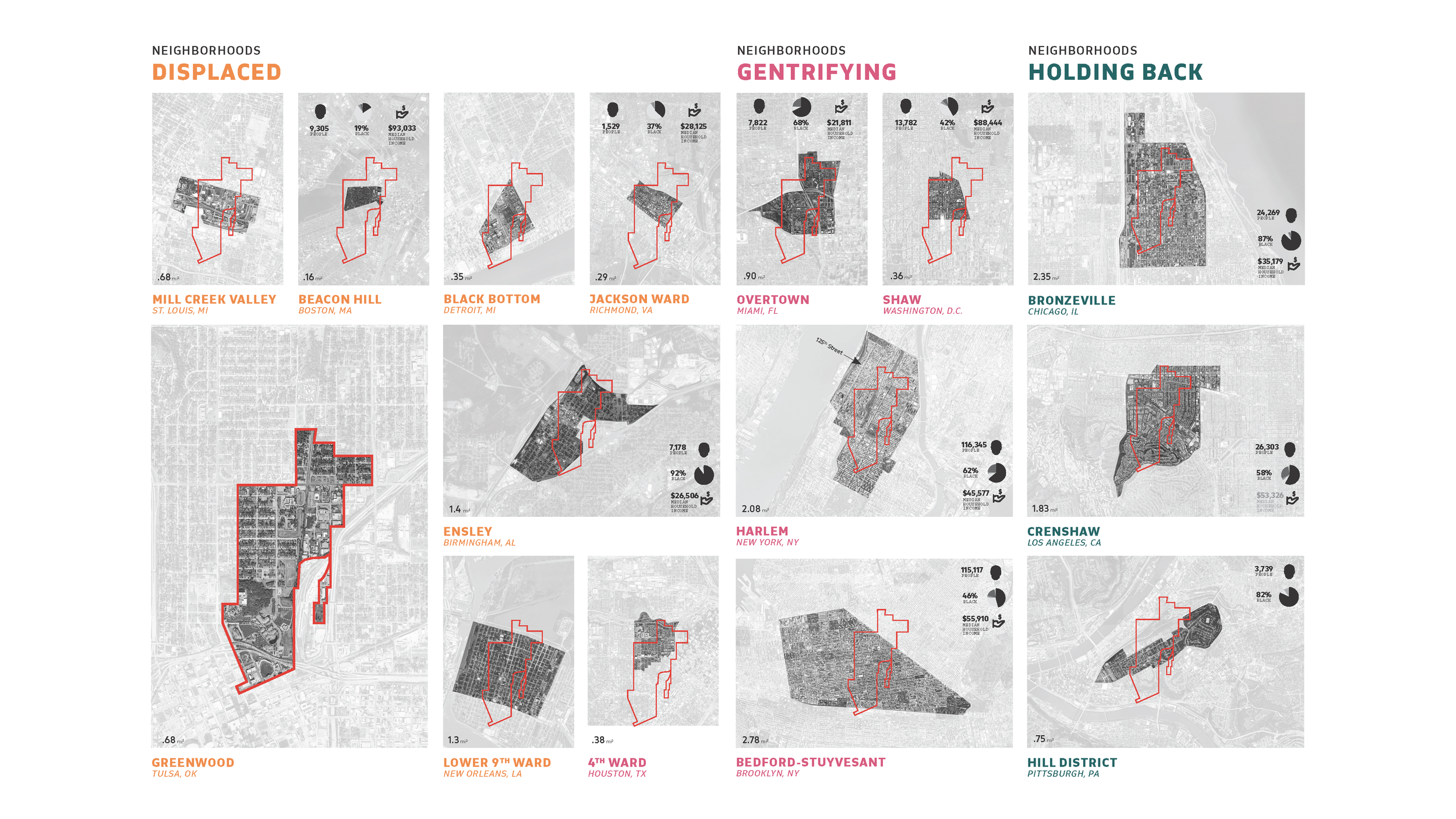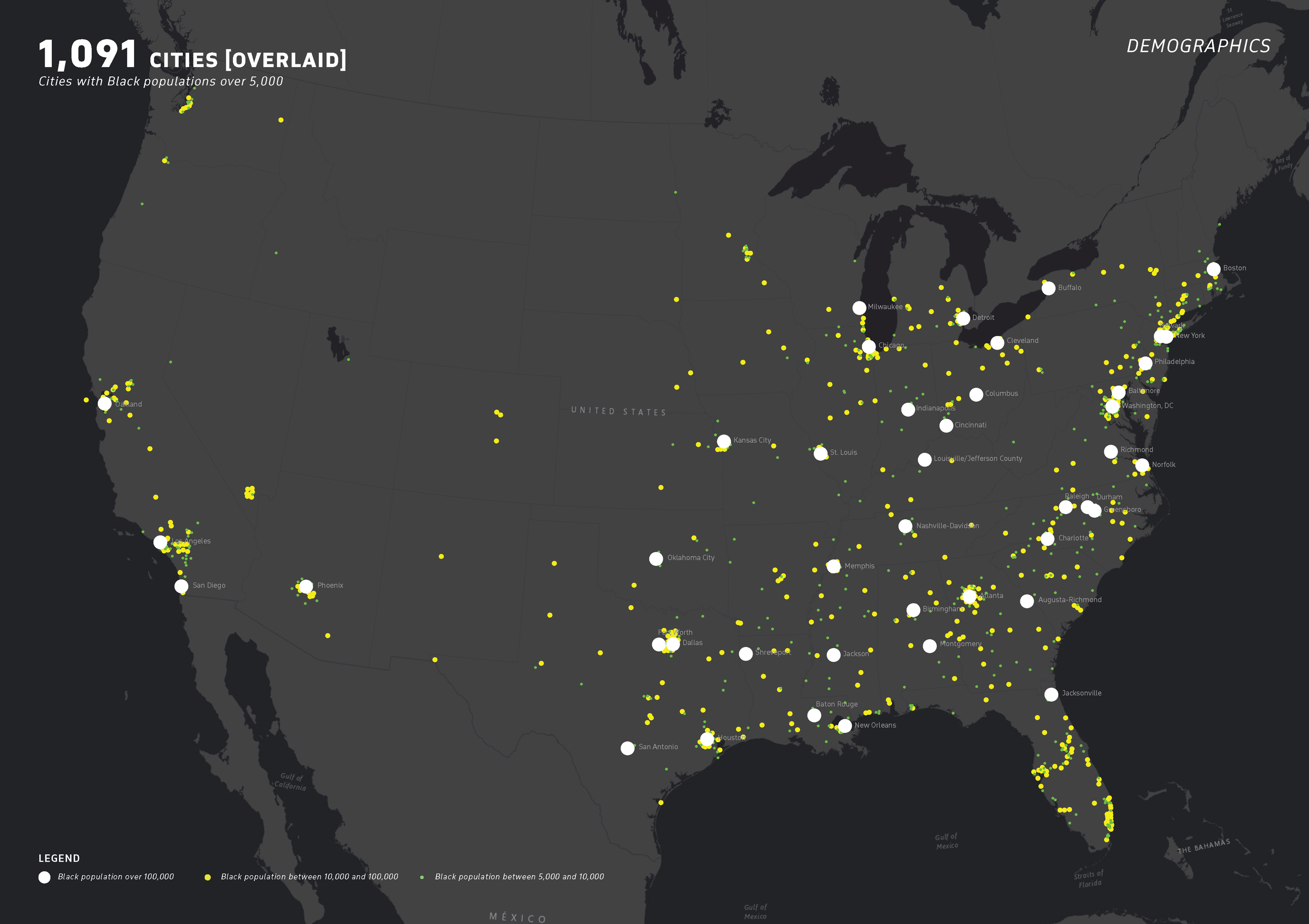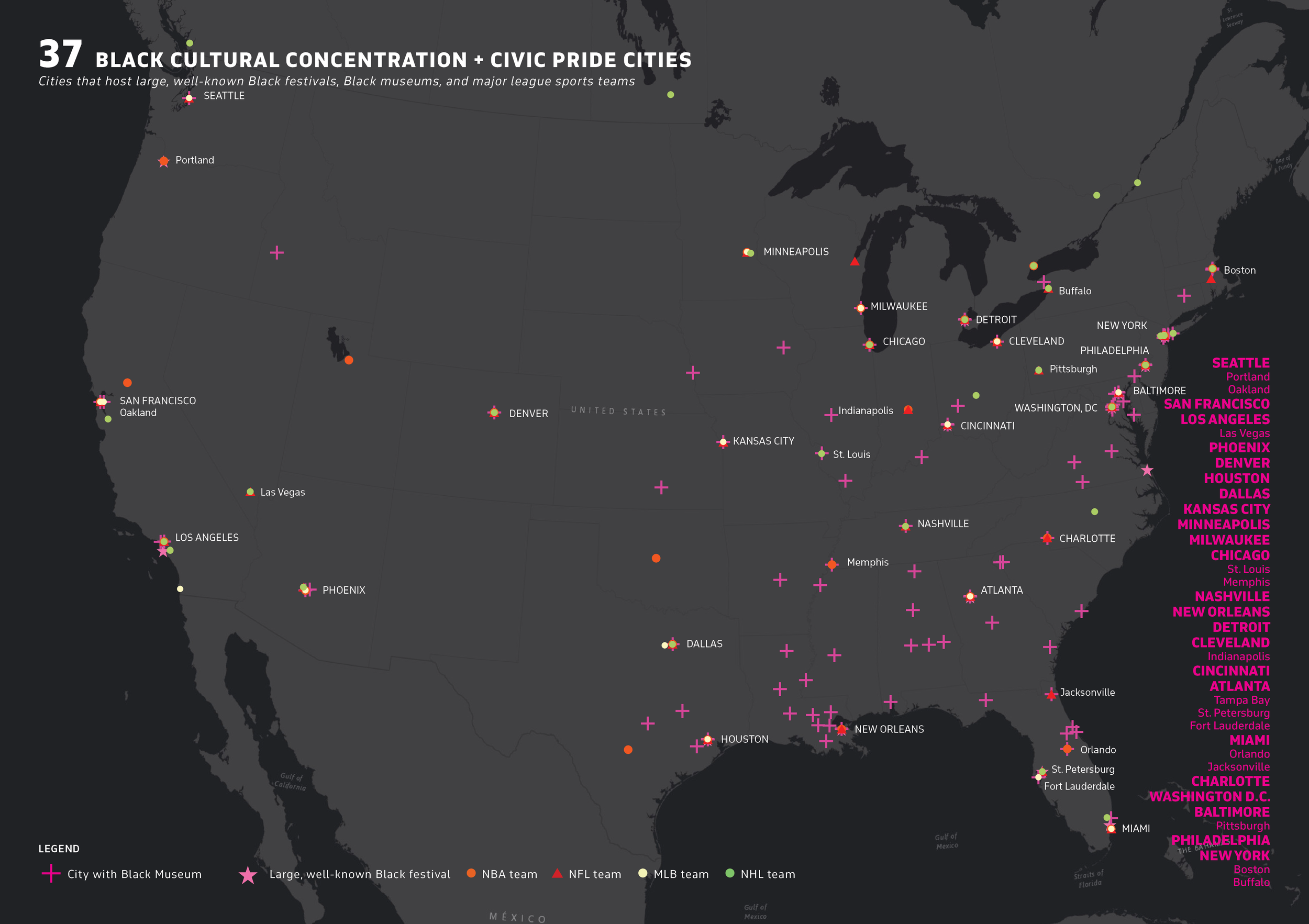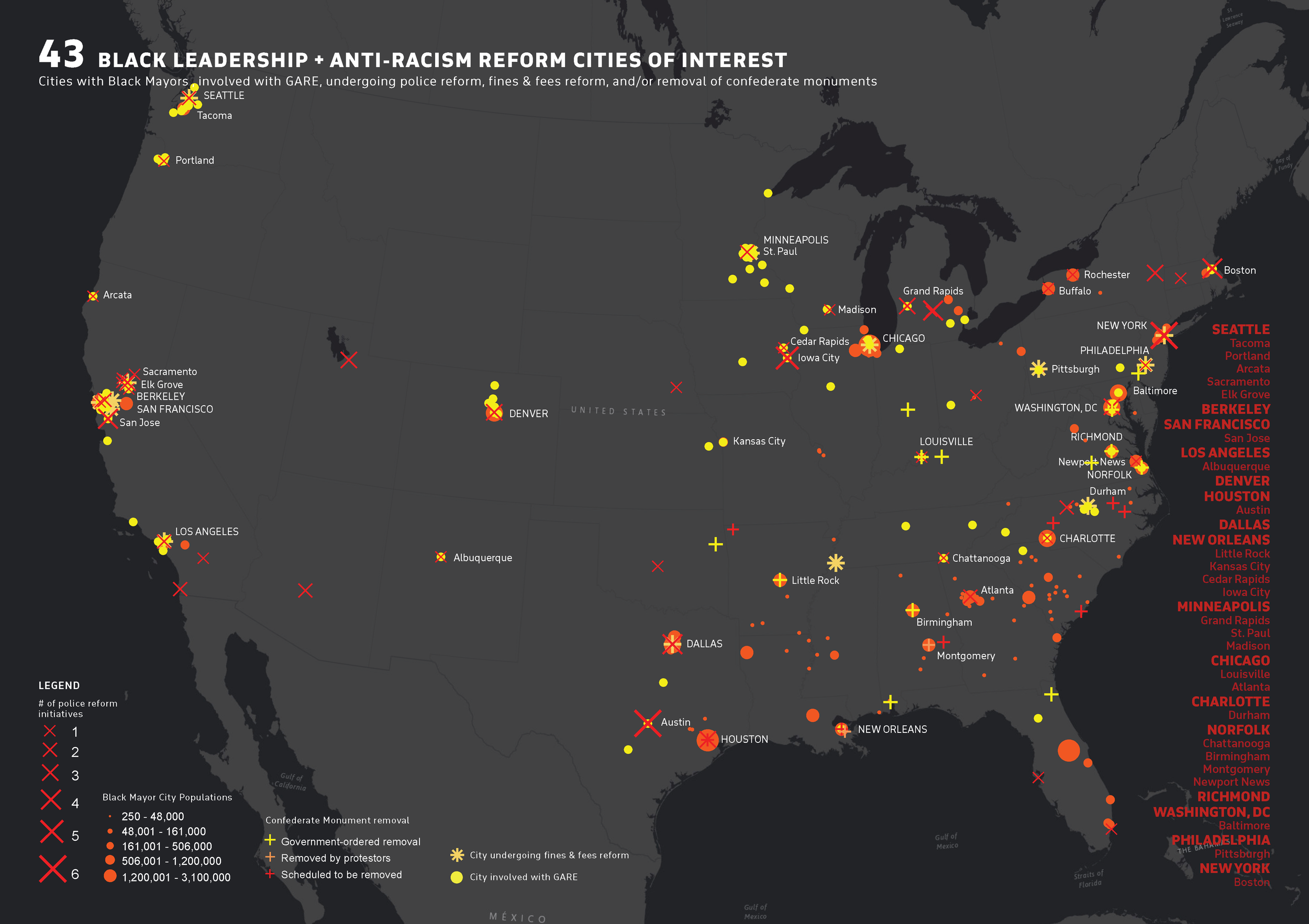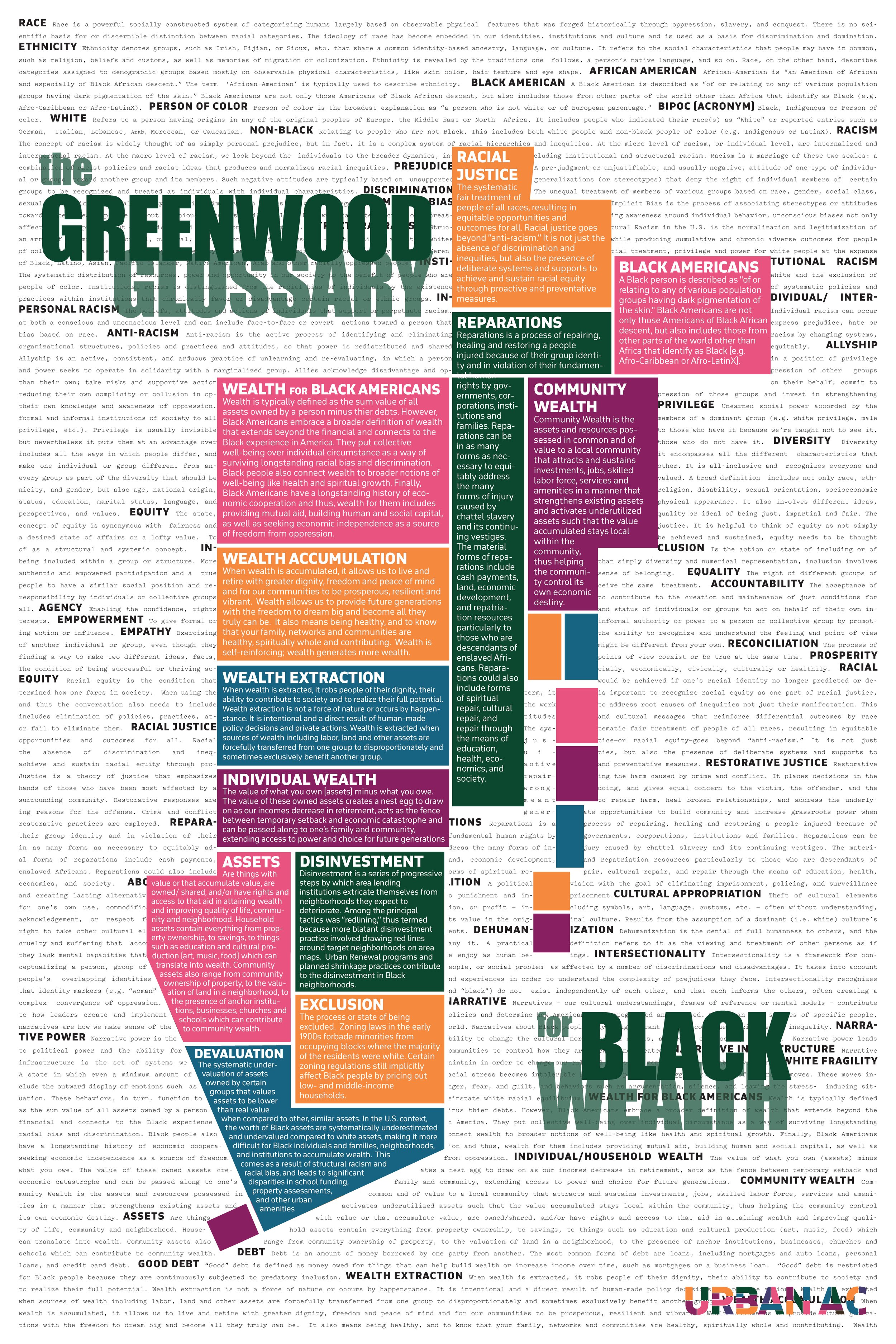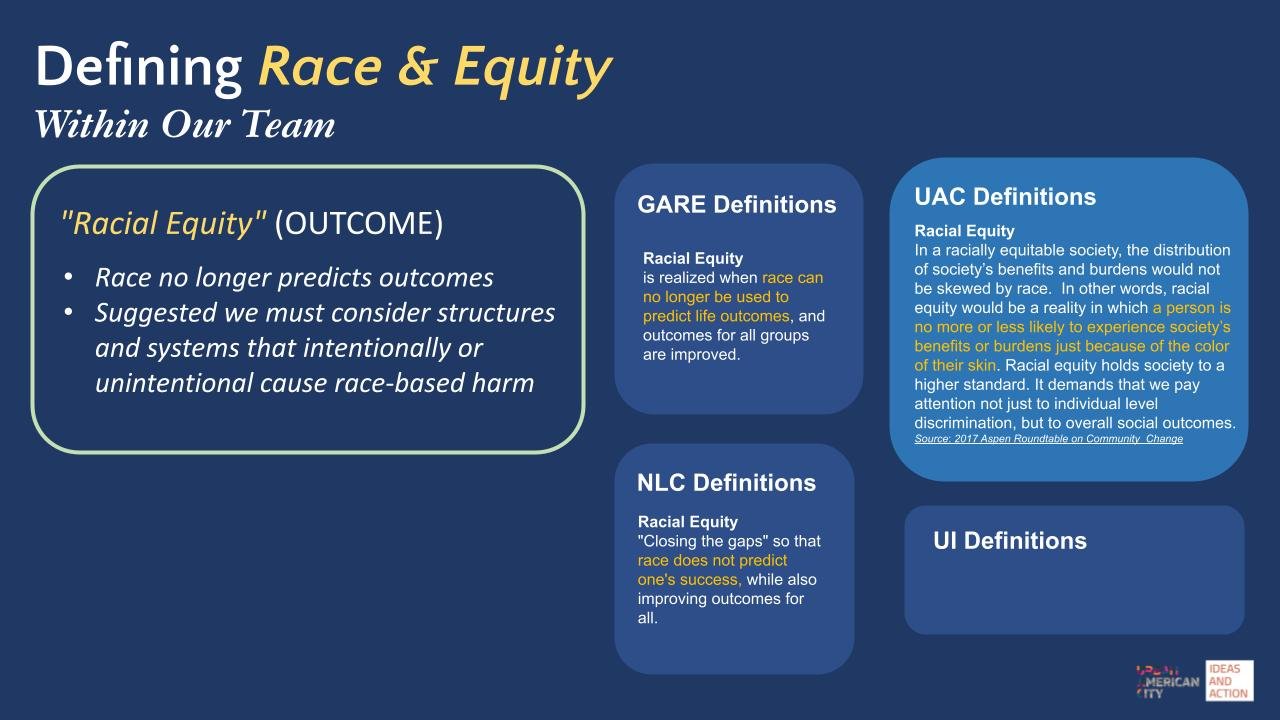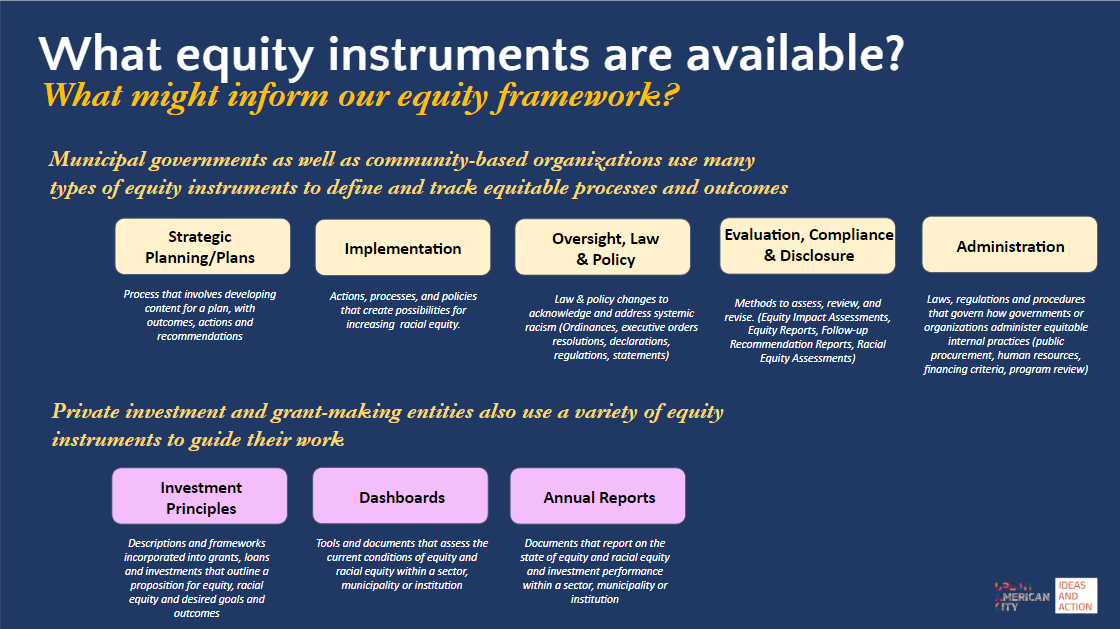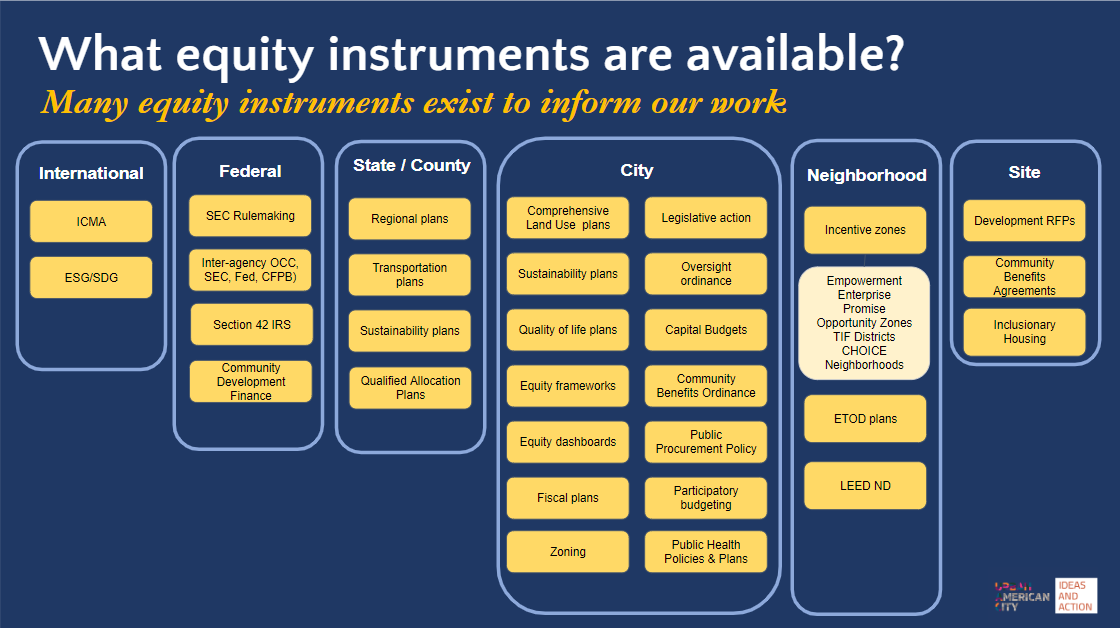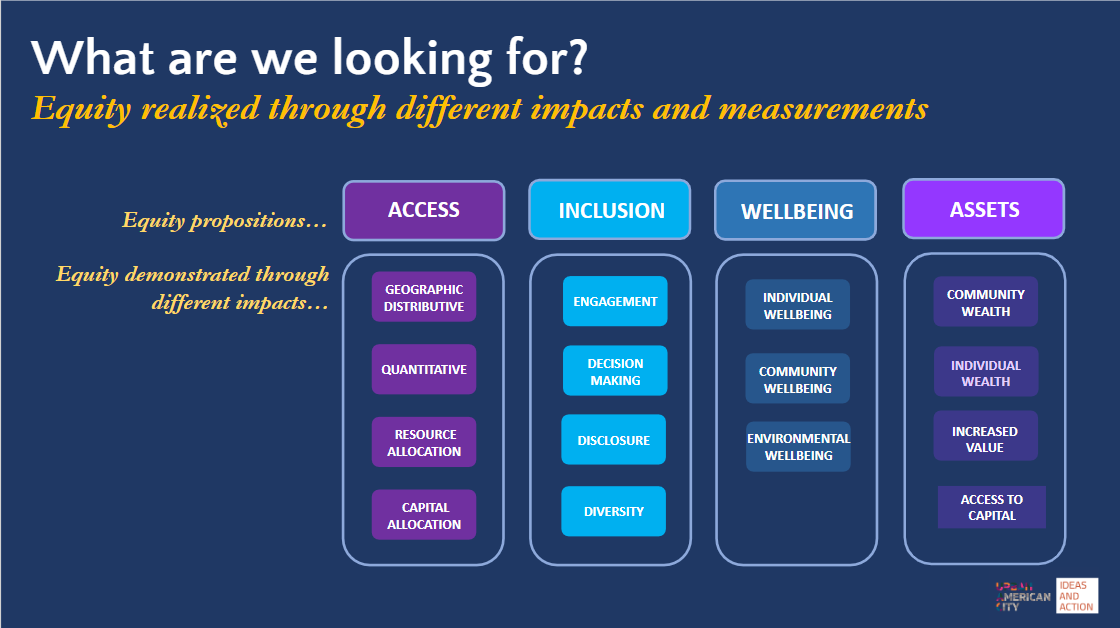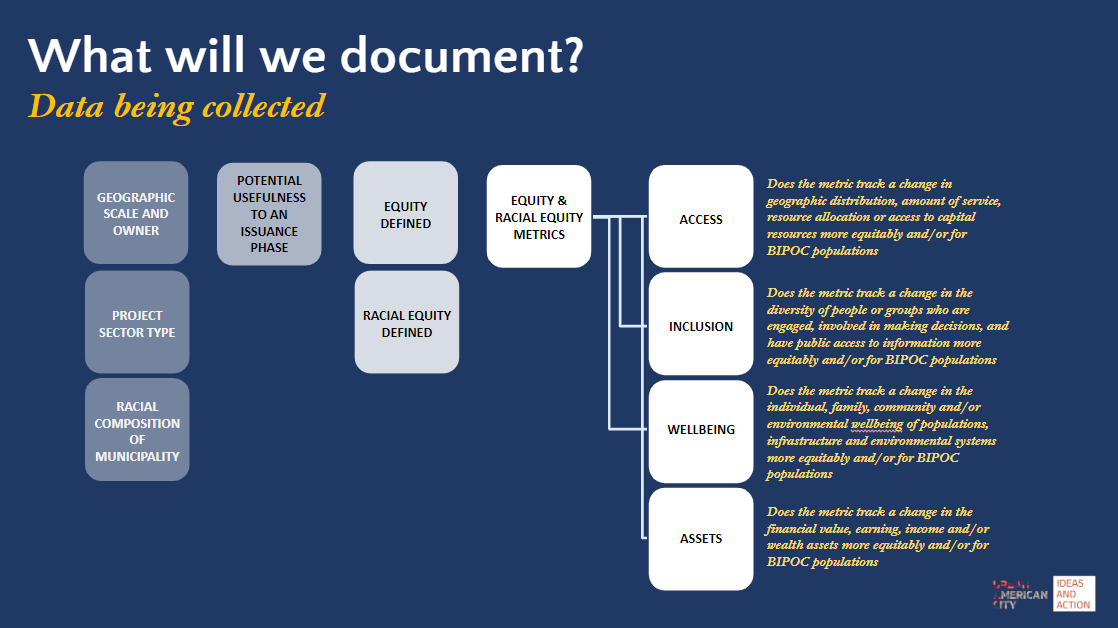Bloomberg Greenwood Initiative
The Greenwood Economic Justice and Opportunity Portfolio intends to accelerate the pace of economic mobility and wealth accumulation to help close the opportunity gap for Black America. This new Portfolio intends to create and implement a cohesive set of programs that a) acknowledge historic and current inequities; b) address systemic issues through an asset based lens and c) facilitate intergenerational wealth within the Black Community.
urbanAC was a part of a multi-disciplinary team hired to advance the design of a new investment portfolio to create “full economic participation” for Black Americans rooted in:
A clear and specific definition of equity and for whom
Reaching towards reparative justice that acknowledges and dismantles discriminatory practices
Actionable strategies derived from quantitative data and the experiential expertise of those whom the Initiative hopes to impact
Sustainable practices that build long-term economic, political and social capacity
urbanAC collected data and built case studies that helped inform the scale and geography of place-based investment and wealth building needs and opportunities. We contributed to public and philanthropic policy scans related to place-based assets. We defined ultimate outcomes for “full economic participation” and equity, established targets and metrics for measuring progress and impact, and developed a framework Theory of Action for portfolio initiatives, policy and platform recommendations (near and long term) that aligned with Theory of Change objectives, outcomes, and metrics.

